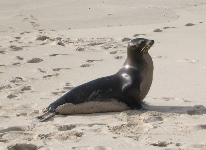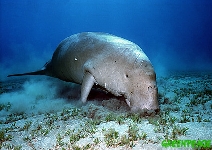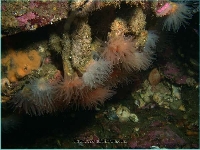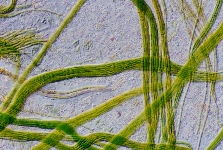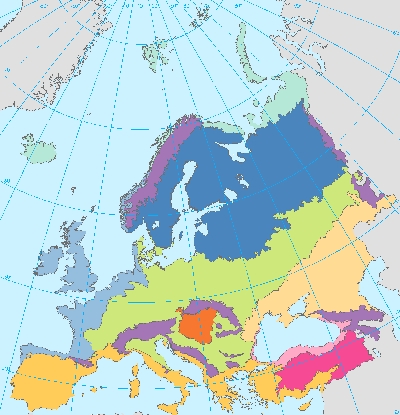Supplément 4.1: Endémisme (2/2)
Le contraire de l'endémisme est le cosmopolitisme. Les espèces cosmopolites sont celles qui sont largement réparties dans le monde entier (bien qu'aucune espèce ne le soit réellement). Pour les plantes, une distribution mondiale n'est possible que pour les espèces qui a) peuvent survivre au transport dans l'eau et b) sont suffisamment légères pour être transportées par le vent sur des milliers de kilomètres. Les espèces qui répondent à ces critères sont principalement des plantes qui se reproduisent par spores, telles que les bactéries, les moisissures ou les fougères, et les plantes aquatiques comme les algues et les droséras.
Parmi les espèces marines endémiques, on peut citer le lion de mer des Galápagos (Zalophus californianus wollebaeki),
le dugong (Dugong dugon) dans l'océan Indien occidental (Afrique de l'Est) ou le crabe chinois (Eriocheir sinensis).
Parmi les espèces marines cosmopolites, on peut citer certains coraux des grands fonds, comme le Desmophyllum dianthus ou des cyanobactéries, comme le Microcoleus chthonoplastes.
Régions biogéographiques
Les zones où se trouvent des espèces endémiques ou des animaux et des plantes présentant des caractéristiques similaires ou communes peuvent être classées en régions biogéographiques. La carte ci-dessous montre les régions biogéographiques de l'Europe.
